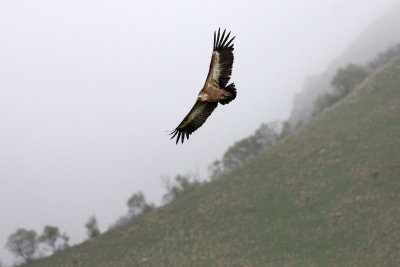
Griffon Vulture (Gyps f. fulvus) |
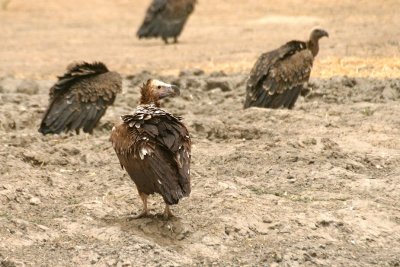
Lappet-faced Vulture (Torgos tracheliotus) |
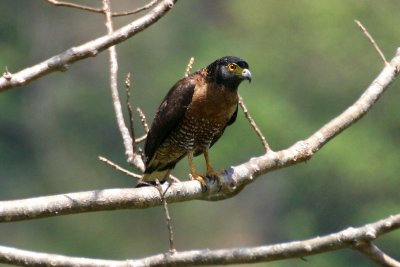
Sulawesi Serpent-Eagle (Spilornis rufipectus) |

Madagascar Harrier (Circus macrosceles) |
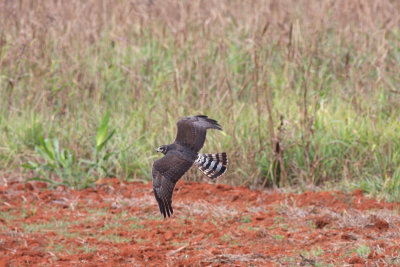
Long-winged Harrier (Circus buffoni) |
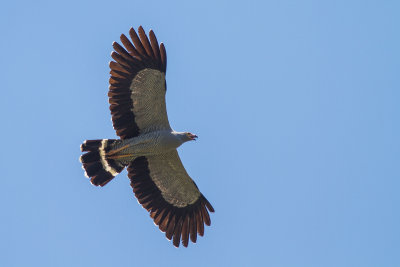
Madagascar Harrier-Hawk (Polyboroides radiatus) |

African Harrier-Hawk (Polyboroides typus) |
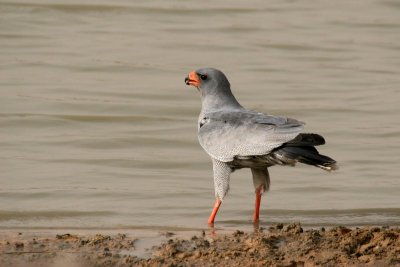
Dark Chanting-Goshawk (Melierax metabates) |
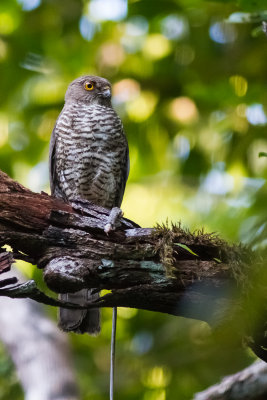
Madagascar Sparrowhawk (Accipiter madagascariensis) |
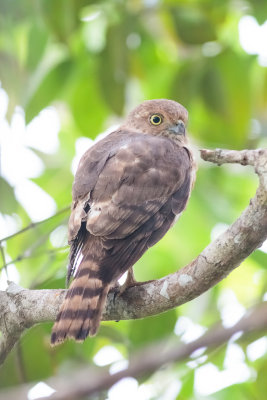
Frances's Sparrowhawk (Accipiter francesii brutus) |
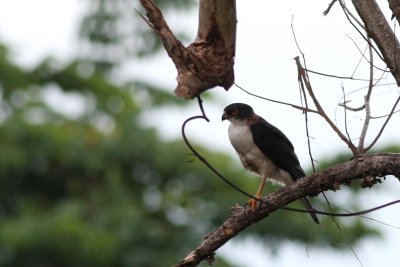
Pied Goshawk (Accipiter albogularis) |

Imitator Goshawk (Accipiter imitator) |

Imitator Goshawk (Accipiter imitator) |

Variable Goshawk (Accipiter hiogaster rufoschistaceus) |
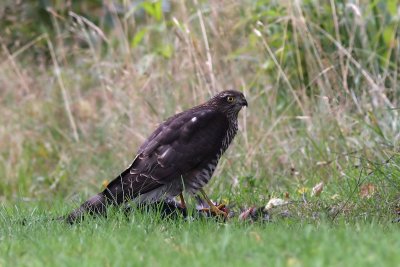
Eurasian Sparrowhawk (Accipiter nisus) |
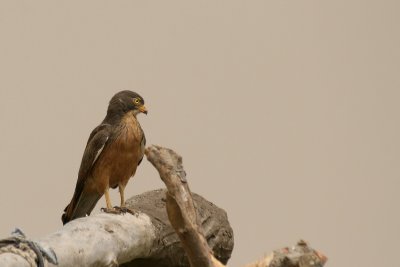
Grasshopper Buzzard (Butastur rufipennis) |
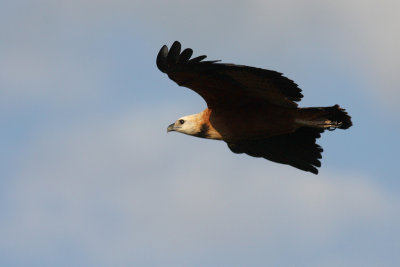
Black-collared Hawk (Busarellus nigricollis) |
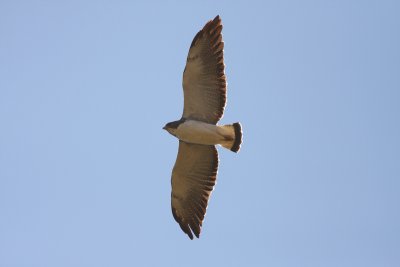
White-tailed Hawk (Buteo albicaudatus) |
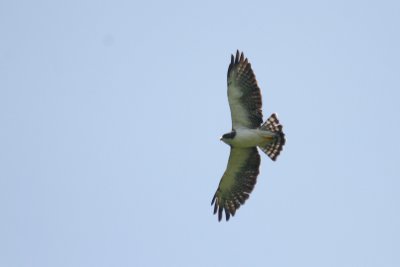
Short-tailed Hawk (Buteo brachyurus) |
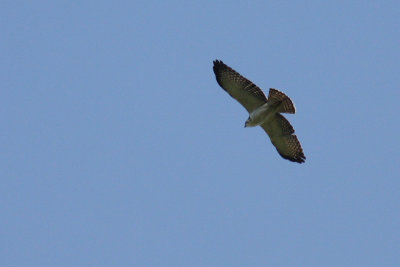
Short-tailed Hawk (Buteo brachyurus) |











